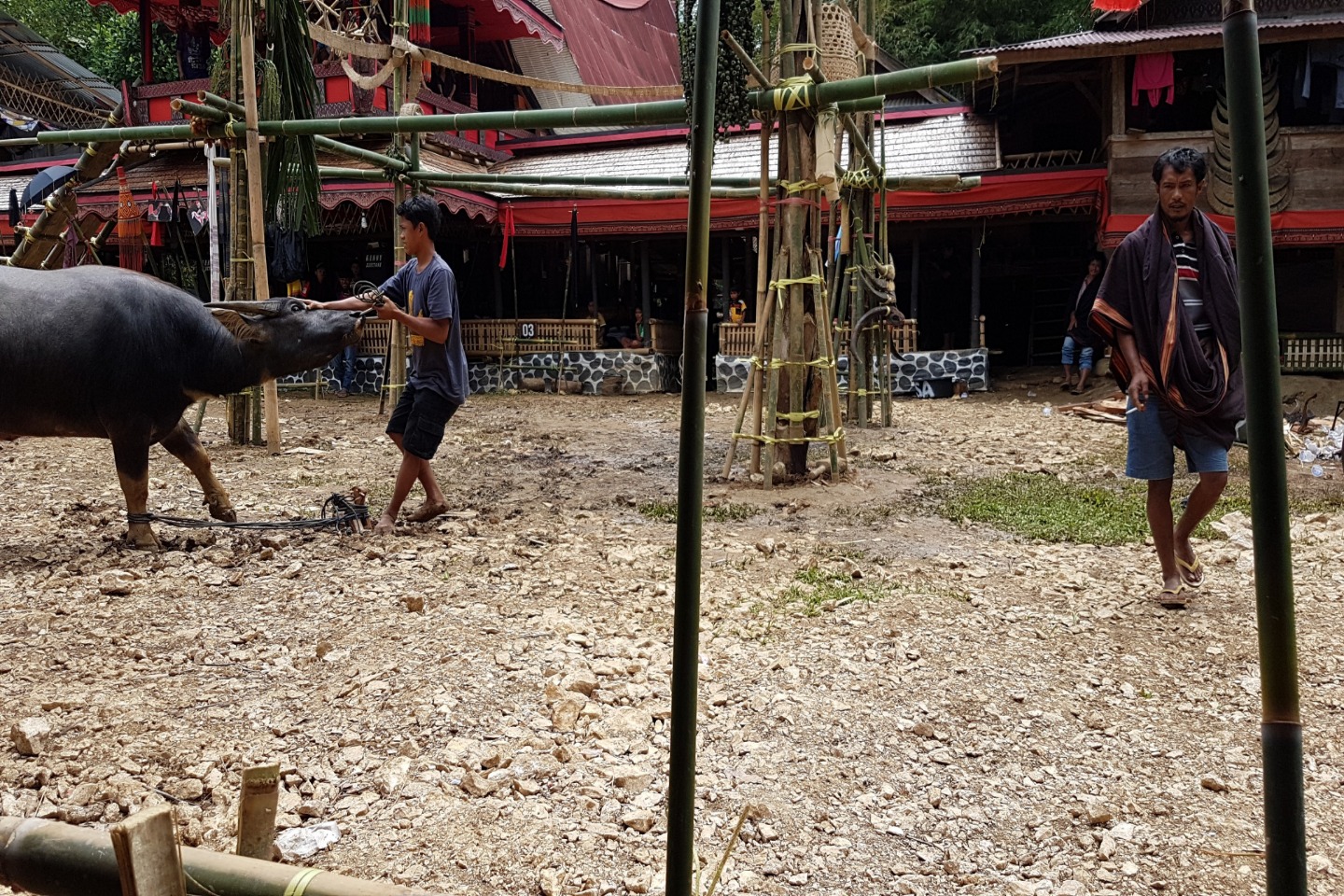Disclaimer: Our stories have been researched and fact-checked to the best of our abilities. Should you spot
mistakes, inaccuracies, or have queries about our sources, please drop us an e-mail at
hello@kontinentalist.com
Credits
Design / Avel Chee and Joceline Kuswanto
Code / Siti Aishah
Recommended Stories











